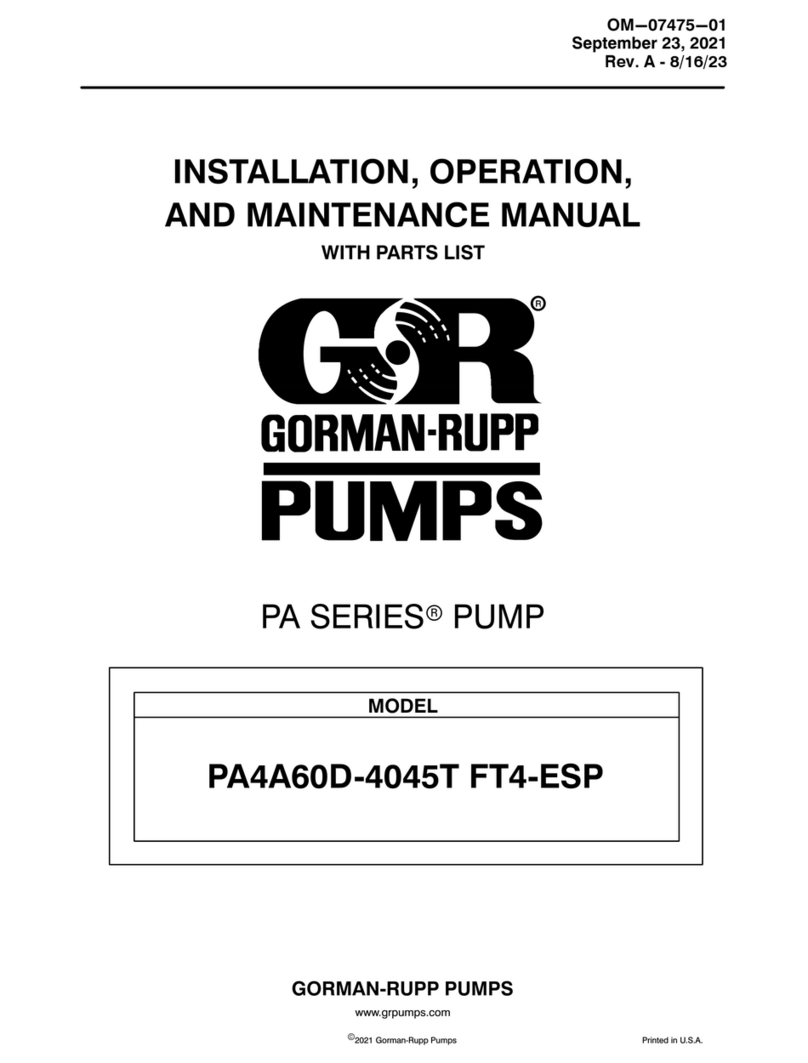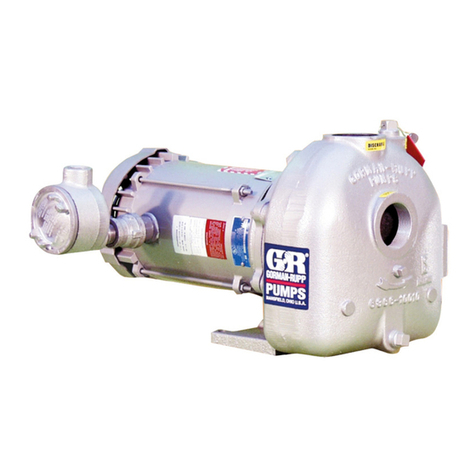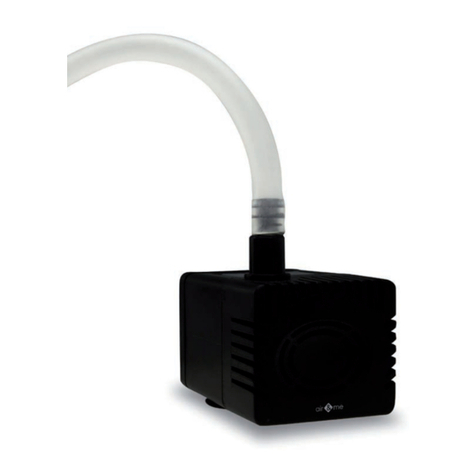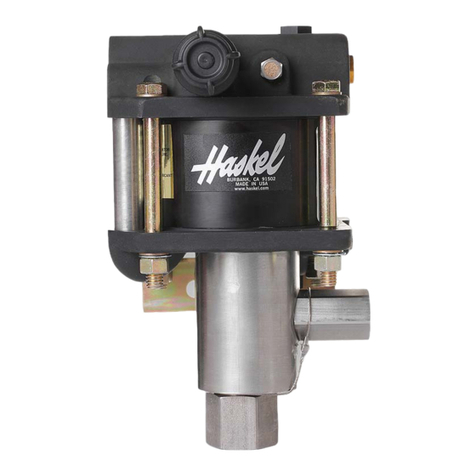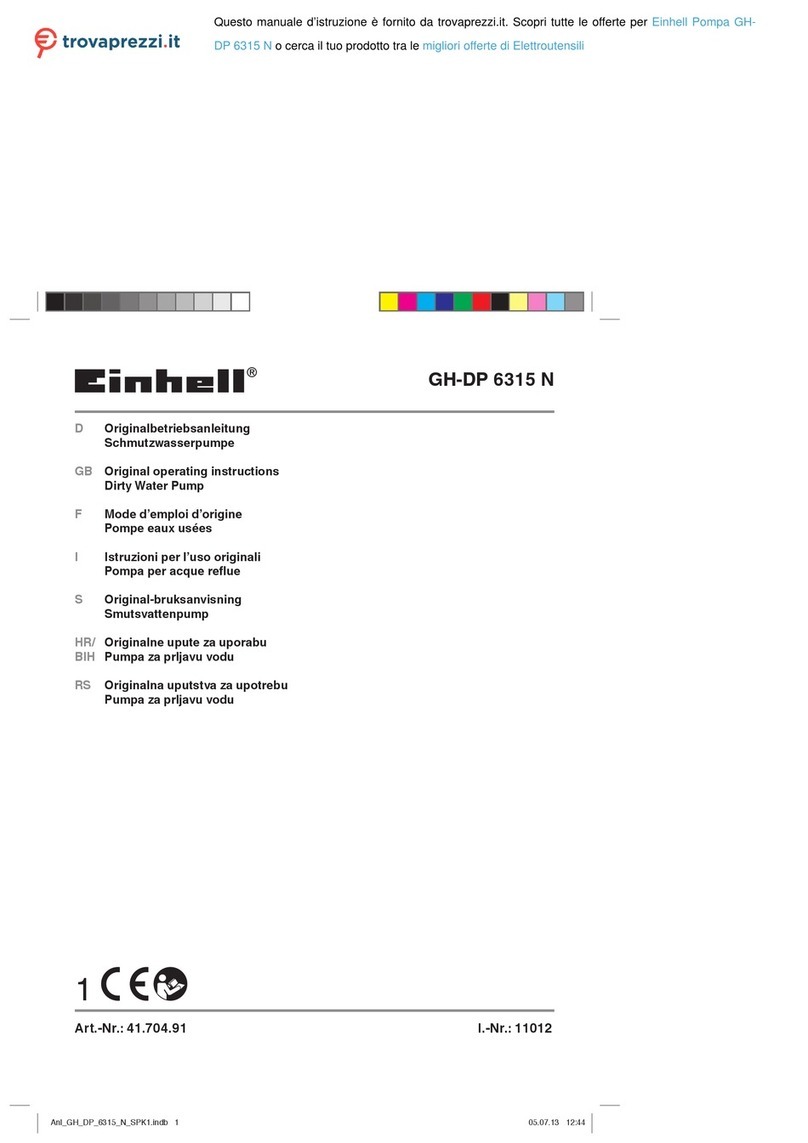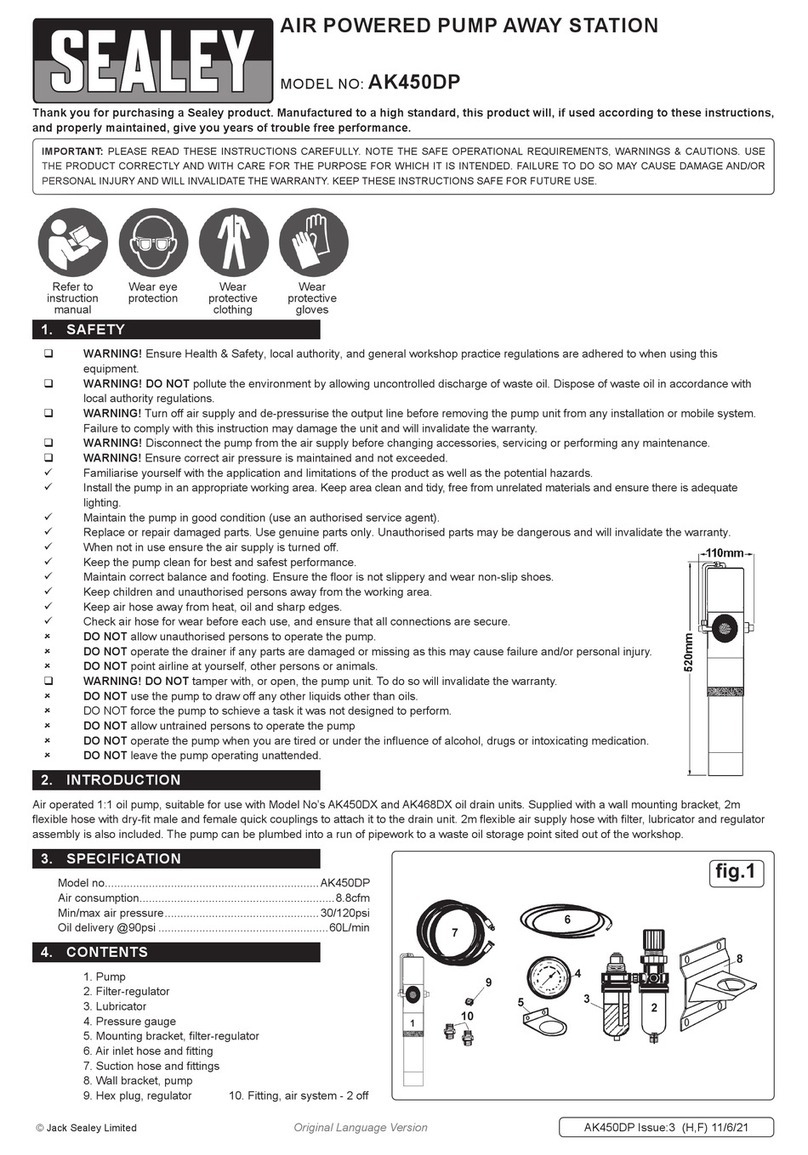GORMAN-RUPP PUMPS S Series User manual




















Other manuals for S Series
5
This manual suits for next models
1
Other GORMAN-RUPP PUMPS Water Pump manuals
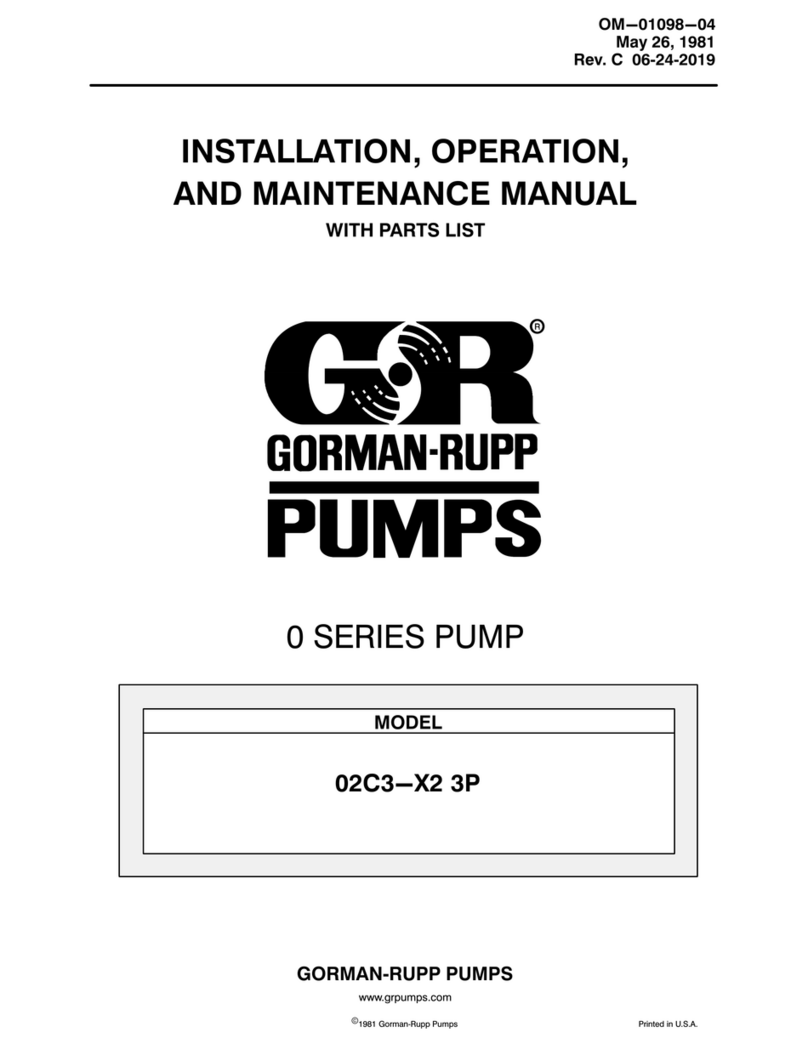
GORMAN-RUPP PUMPS
GORMAN-RUPP PUMPS 02C3-X2 3P Application guide
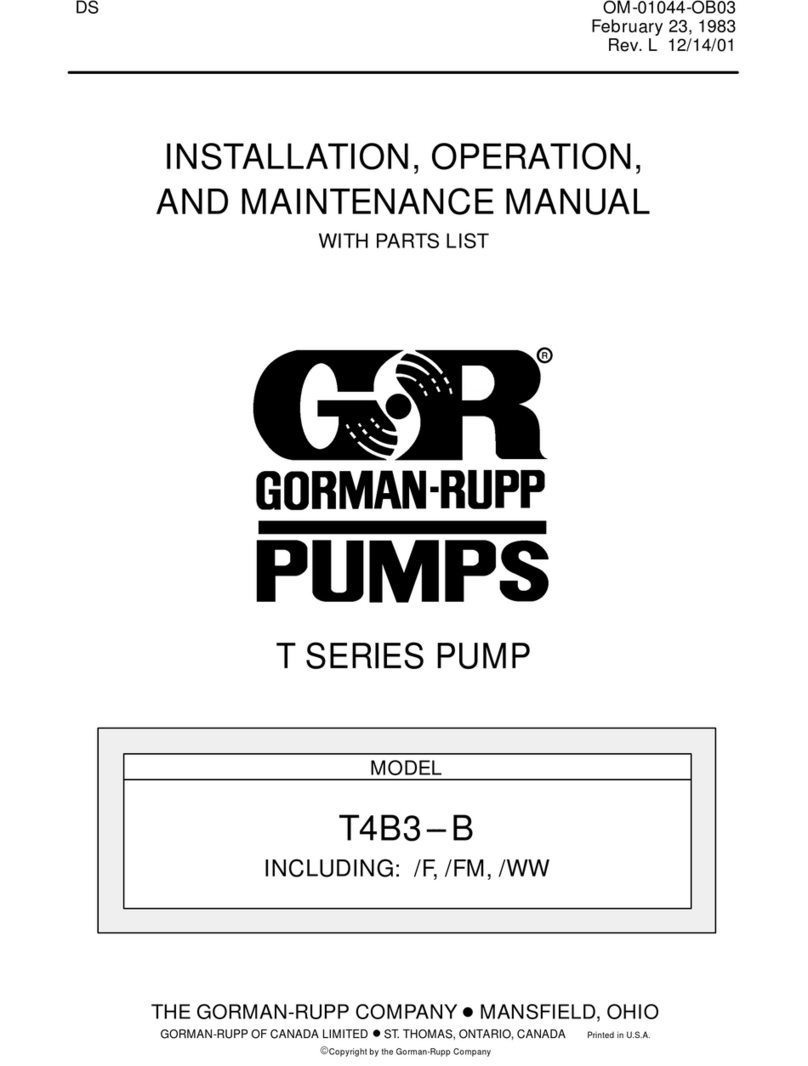
GORMAN-RUPP PUMPS
GORMAN-RUPP PUMPS T4B3-B Application guide

GORMAN-RUPP PUMPS
GORMAN-RUPP PUMPS U Series User manual
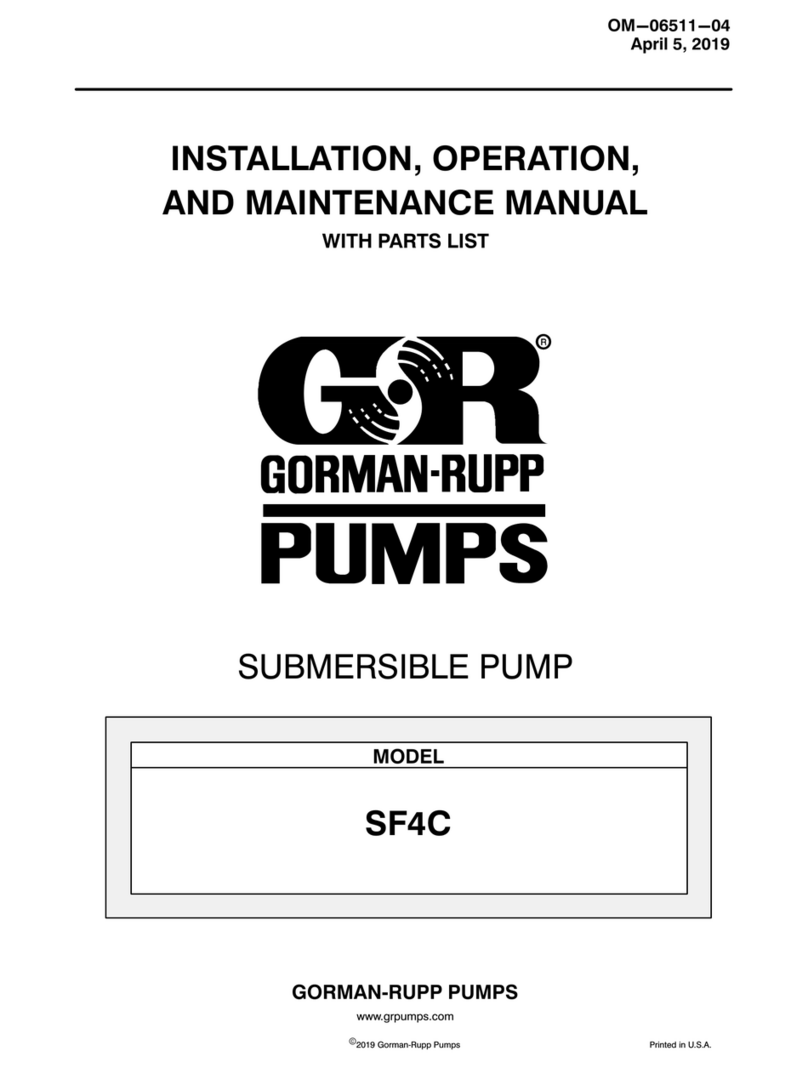
GORMAN-RUPP PUMPS
GORMAN-RUPP PUMPS SF4C Application guide

GORMAN-RUPP PUMPS
GORMAN-RUPP PUMPS 10 Series User manual

GORMAN-RUPP PUMPS
GORMAN-RUPP PUMPS PA Series Application guide
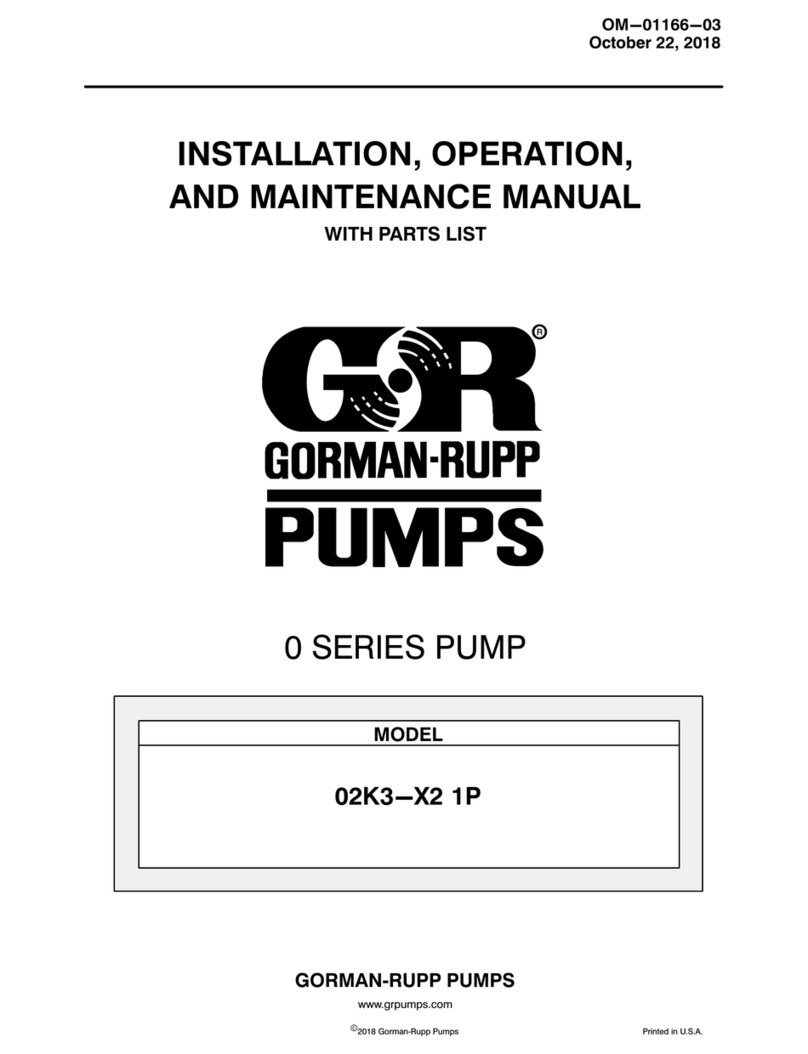
GORMAN-RUPP PUMPS
GORMAN-RUPP PUMPS 02K3-X2 Application guide
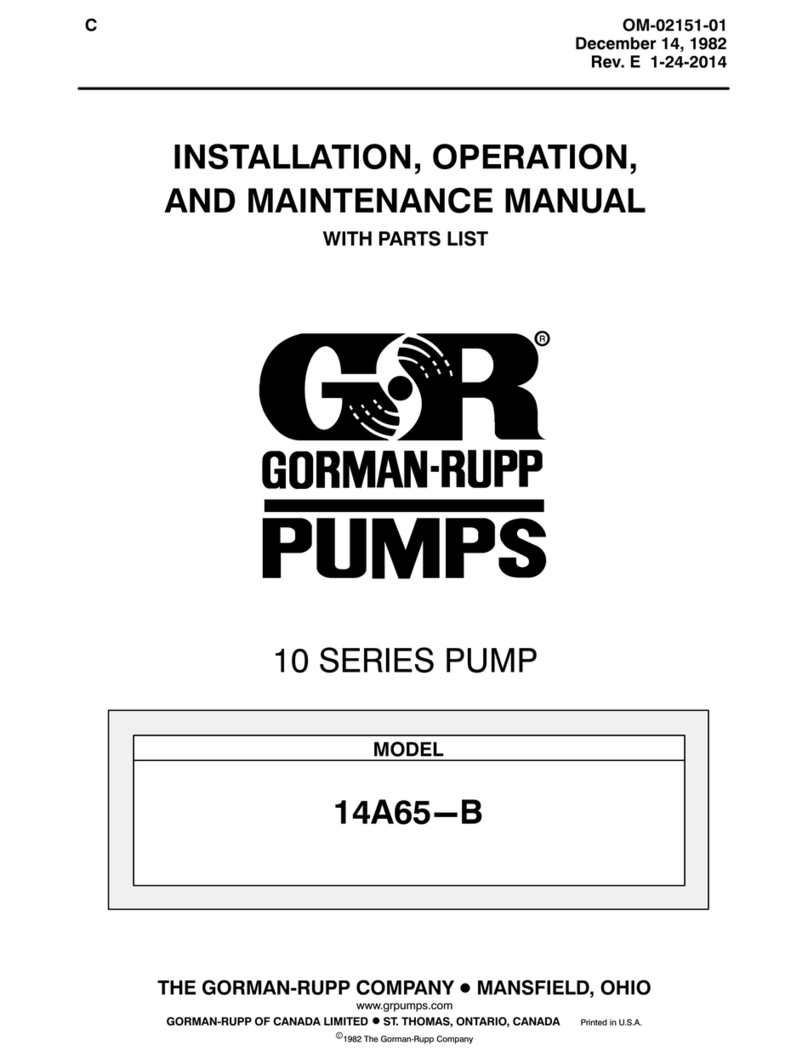
GORMAN-RUPP PUMPS
GORMAN-RUPP PUMPS 14A65-B Application guide

GORMAN-RUPP PUMPS
GORMAN-RUPP PUMPS 80 Series Application guide

GORMAN-RUPP PUMPS
GORMAN-RUPP PUMPS 83B52-B Application guide
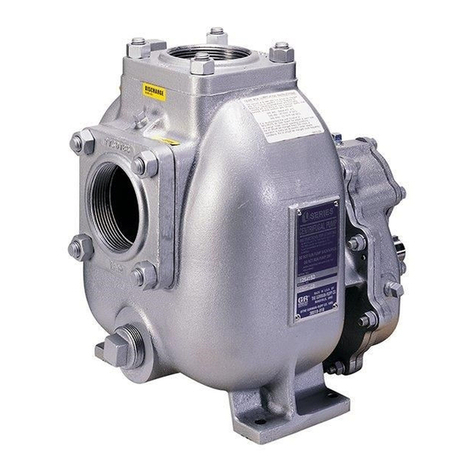
GORMAN-RUPP PUMPS
GORMAN-RUPP PUMPS O Series Application guide
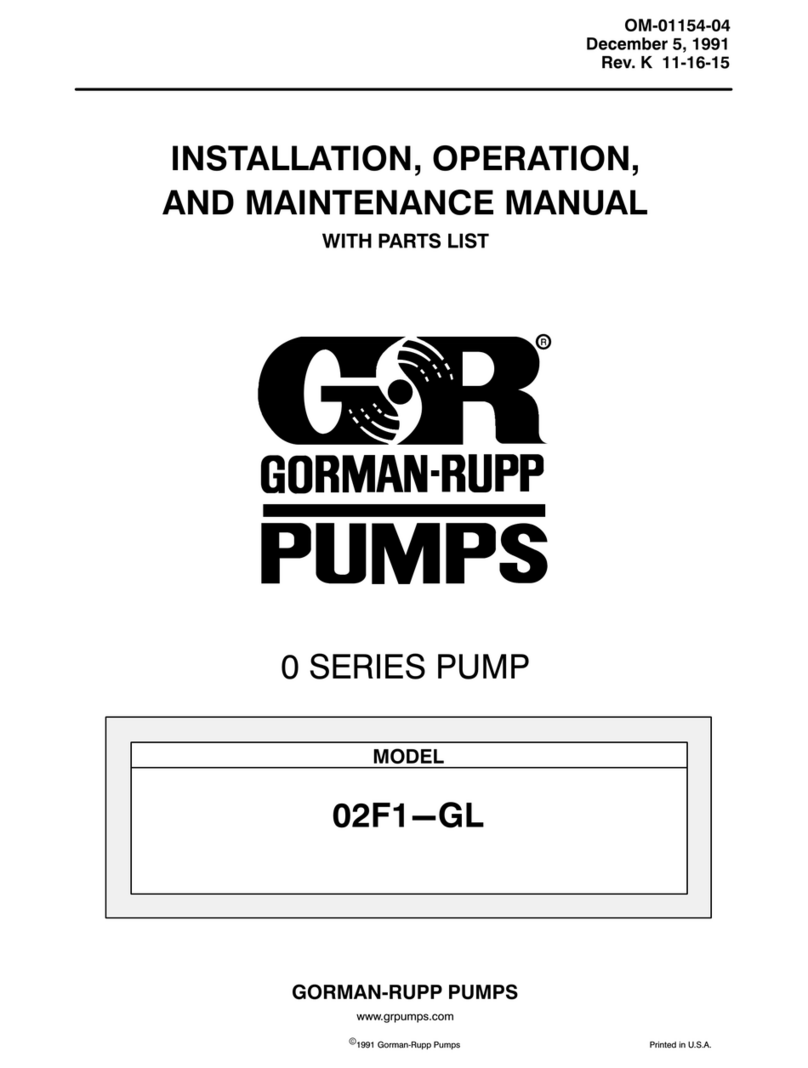
GORMAN-RUPP PUMPS
GORMAN-RUPP PUMPS 02F1-GL Application guide
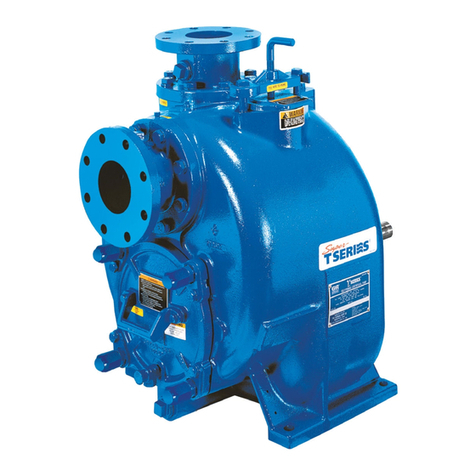
GORMAN-RUPP PUMPS
GORMAN-RUPP PUMPS T6A60S-B Application guide

GORMAN-RUPP PUMPS
GORMAN-RUPP PUMPS 03B31-B Application guide

GORMAN-RUPP PUMPS
GORMAN-RUPP PUMPS 6500 Series Application guide

GORMAN-RUPP PUMPS
GORMAN-RUPP PUMPS 02D3-E1 1P User manual

GORMAN-RUPP PUMPS
GORMAN-RUPP PUMPS PA6C60-4045T FT4 Application guide

GORMAN-RUPP PUMPS
GORMAN-RUPP PUMPS 80 Series User manual
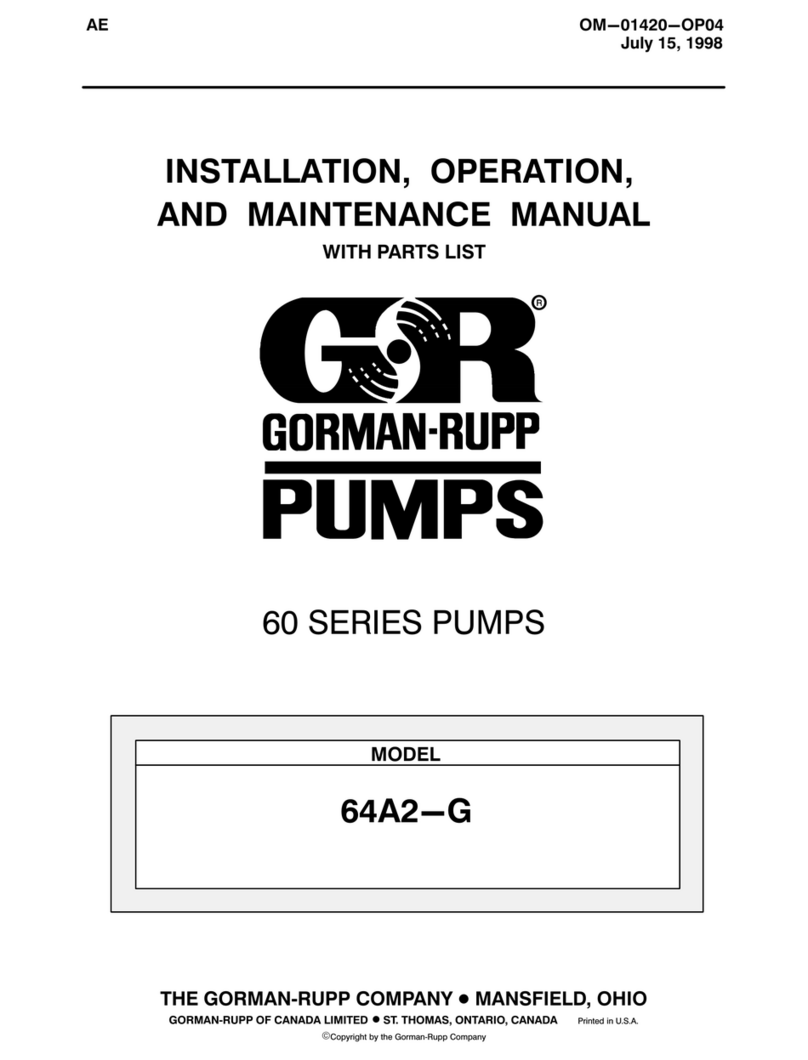
GORMAN-RUPP PUMPS
GORMAN-RUPP PUMPS 60 Series Application guide
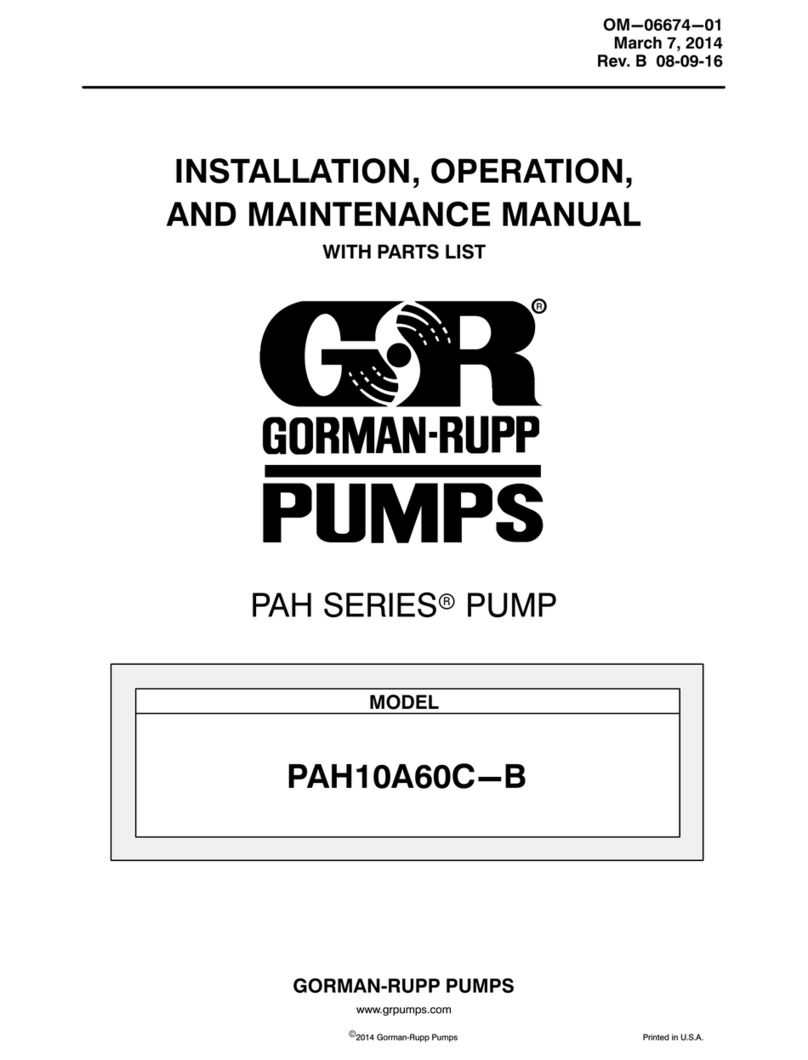
GORMAN-RUPP PUMPS
GORMAN-RUPP PUMPS PRIME AIRE PLUS PAH Series Application guide
Popular Water Pump manuals by other brands

Godiva
Godiva PowerFlow 17/10 Workshop manual

BLACKMER
BLACKMER LGLD2E, CRL2, SGLD2 Parts List with Installation, Operation and Maintenance Instructions
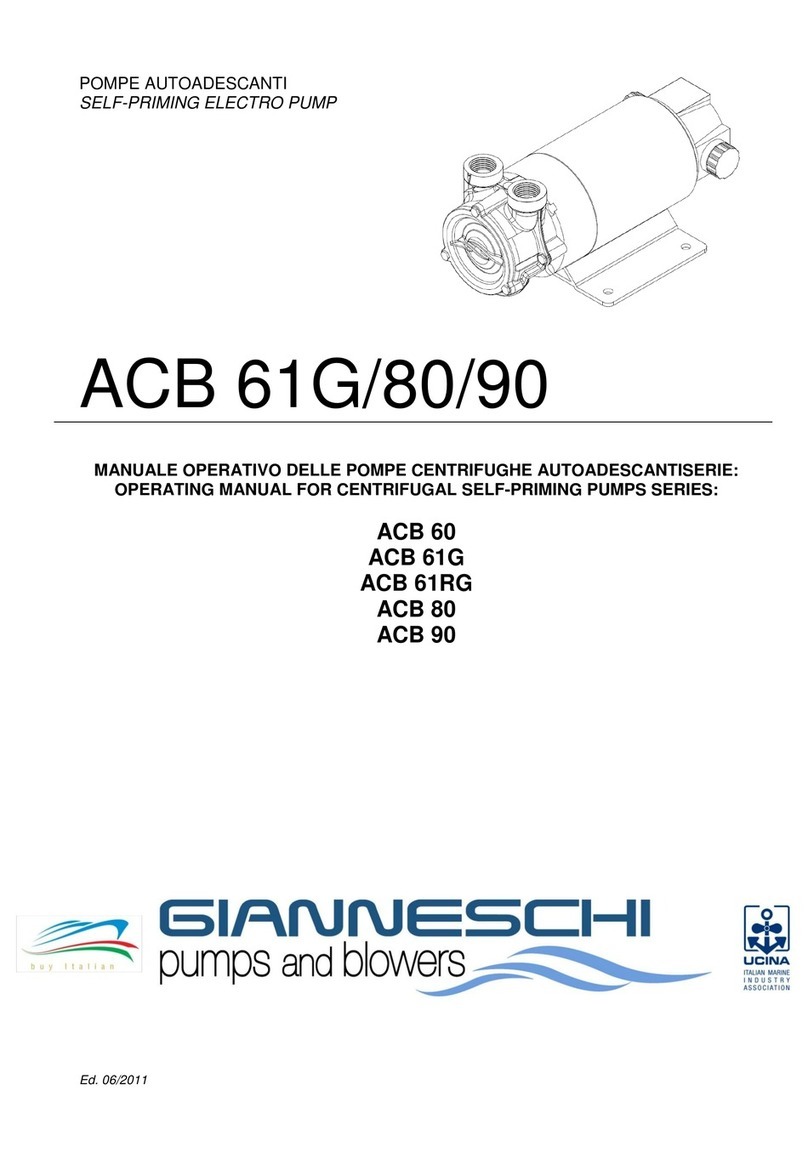
Gianneschi
Gianneschi ACB 60 operating manual

GÜDE
GÜDE GS 751 Translation of the original instructions

S&P
S&P ARMO Power Pump Short Instructions for Commissioning

EBARA
EBARA EV-A Series instruction manual
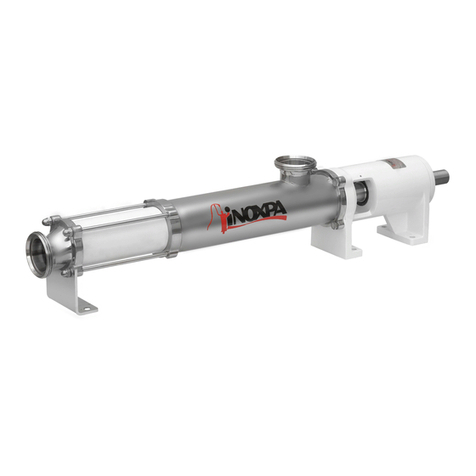
INOXPA
INOXPA KIBER KSF Installation, service and maintenance instructions
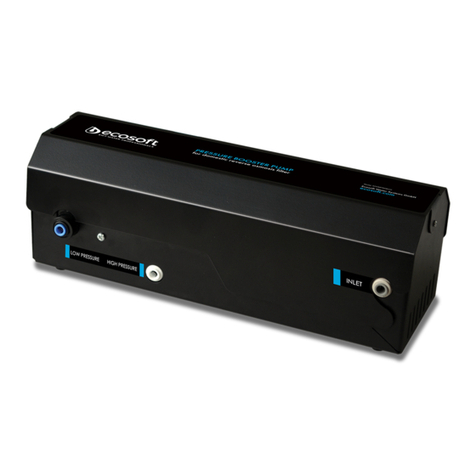
Ecosoft
Ecosoft KPOMPROECO Installation and Usage

Homa
Homa Saniquick II-UF Series Installation and operation instruction manual

Varian
Varian DS 42 instruction manual
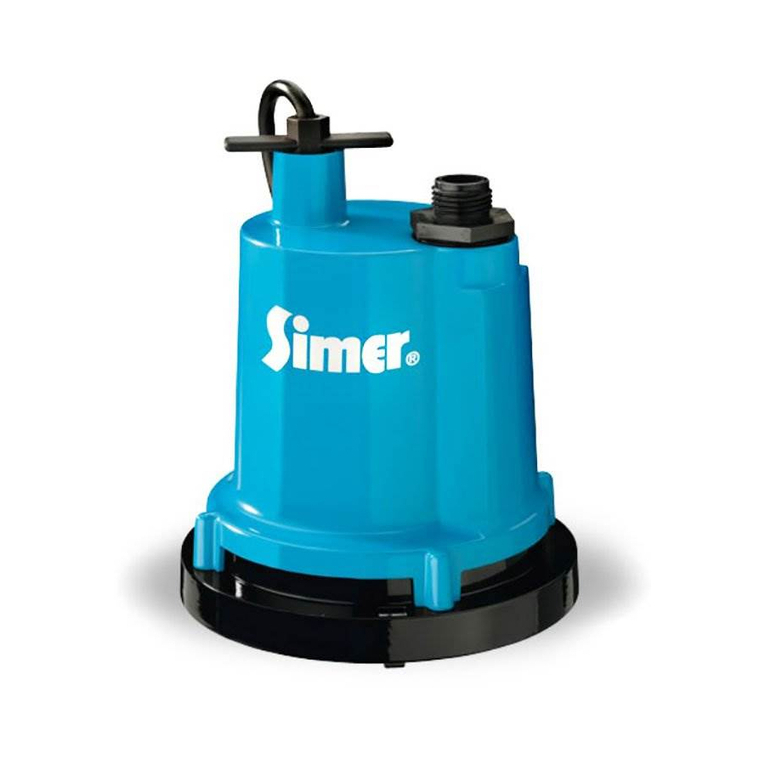
Simer
Simer 2300 owner's manual
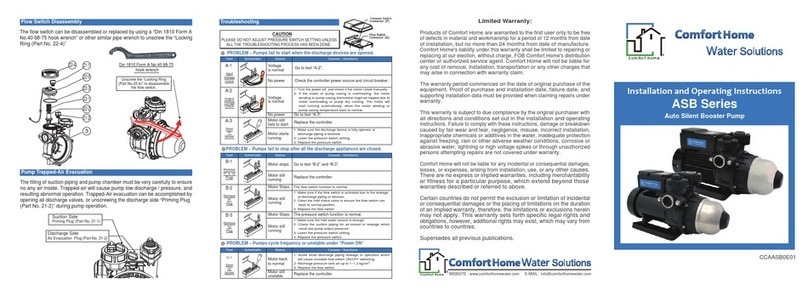
Comfort Home
Comfort Home ASB Series Installation and operating manual
